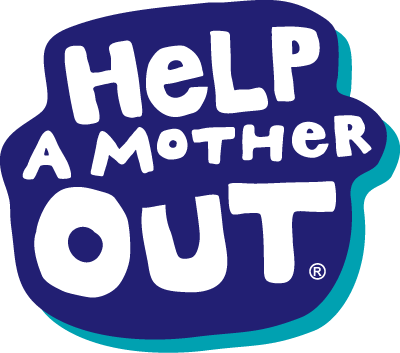The HUD’s Point-in-Time Homeless Persons Count
When we serve the needy members of our community, we like to imagine that our efforts are making a difference. Knowing that you donated the money to get a pack of diapers that will help an unemployed mom care for her baby is a good feeling.
But also involved in giving aid to people on a personal level is a massive national infrastructure that has to be quantified. As unsavory a picture as it may seem to imagine city workers walking the streets, pointing to people and saying “23…24…25…” and ticking off marks on a clipboard, it is indeed a thing that happens.
The US Department of Housing and Urban Development (HUD) “mandates that jurisdictions perform a homeless count every two years,” according to an article by Matt Stevens in last Sunday’s Los Angeles Times. Stevens notes that LA County’s effort is the largest of any agency in the nation, relying on 4,000 city and county workers to fan out through the area and perform manual counts as imagined above.
On a smaller scale, the Southern California city of Glendale conducts its own homeless count every year. Help a Mother Out has worked with a Glendale homeless shelter and several local businesses and agencies to get diapers into the hands of needy families there since 2009, and we have witnessed the tremendous amount of caring and effort that those organizations and people put into helping their needy community members. While Glendale is an example of a municipality that keeps the face of homelessness relevant and personal to the people who help out, the city’s annual homeless count is a useful tool that helps agencies know where to allocate resources. From the 2012 report:
The results of the 2012 Homeless Count provide information that serves as the basis for
three important priorities:
• understanding the nature and extent of the current trends in homelessness in
the City of Glendale;
• responding to the unmet needs and gaps in services for homeless individuals
and families in the City of Glendale; and
• developing local community and county wide strategies to meet the goal of
ending homelessness in 10 years and ending veterans homelessness in 5
years.
In addition, the reports allow communities to determine how much aid they need. In the Times, Stevens quotes Michael Arnold, Executive Director of the Los Angeles Homeless Services Authority, who noted “If you don’t know the size of the problem, it’s very difficult to solve it…For many years, communities received homeless dollars without any assessment on how many people were on the street.”
In the case of families with children in diapers, it’s even harder to count the homeless among them. Many adults who have babies are reluctant to come forward and be labeled as homeless because they are afraid of being separated from their children. These are the among the families who do not seek aid for fear of being discovered.

